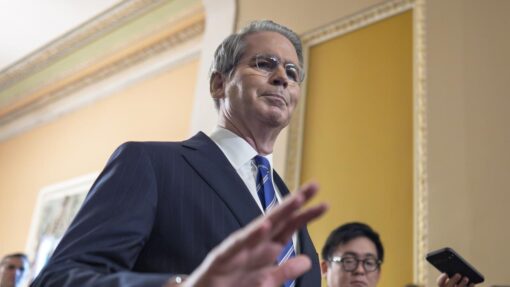Diggers count losses on battery minerals, gold shines
Marion Rae |

A changing world might not be ready to favour Australian lithium and nickel over cheaper alternatives but gold is going gangbusters.
A Deloitte index released on Monday at an industry conference revealed that Western Australia-based producers among the top 20 with exposure to decarbonisation and battery minerals lost $23 billion in market value in the last financial year.
It comes as nickel operations are mothballed, WA’s Kwinana’s low-carbon industrial precinct stalls, lithium giant Albemarle’s processing expansion is crushed and some mines seek funding to stay the course.

“After riding the carbon reduction and battery storage wave in recent years, 2024 saw lithium prices fall 74 per cent, with rare earth elements coming off 20 per cent, nickel down 16 per cent and cobalt down 19 per cent,” Deloitte partner Dave Andrews said.
Longer-term, unprecedented investment estimated at $US9 trillion ($A14 trillion) will be required yearly until 2050 for the world to reach net zero, including new energy sources and heavy industries.
To limit global warming to 1.5C, Deloitte estimated 500 wind turbines would need to be installed each day from 2030 for 20-plus years, along with millions of solar panels, electrolysers and millions of kilometres of transmission lines.
“Interestingly, critical minerals associated with a wider range of clean energy initiatives such as copper, zinc and aluminium weathered pricing volatility more favourably,” Mr Andrews said.
But gold was a stand-out, with record prices driving merger and acquisition activity and keeping cost pressures at bay for miners.

Mr Andrews said there was also optimism around uranium, with a rise of 49 per cent in the 2024 financial year.
Lead partner on energy and the climate transition Matt Judkins said Australian miners would have an advantage if there were rules favouring sustainably and ethically produced minerals or if there was a broader trade war.
Australian mines delivered more than half (54 per cent) of the world’s raw lithium production in 2023 and the nation was a top-five producer of nickel, cobalt and platinum group metals.
Western Australia and Queensland delivered more than a fifth of the world’s alumina and 15 per cent of the world’s rare earths concentrate.
Mr Judkins urged industry and government to ensure their value could be recognised in international markets.
“This will be essential to ensure Australia’s critical minerals sector is best positioned to become a commercially sustainable supplier,” he said.
AAP


